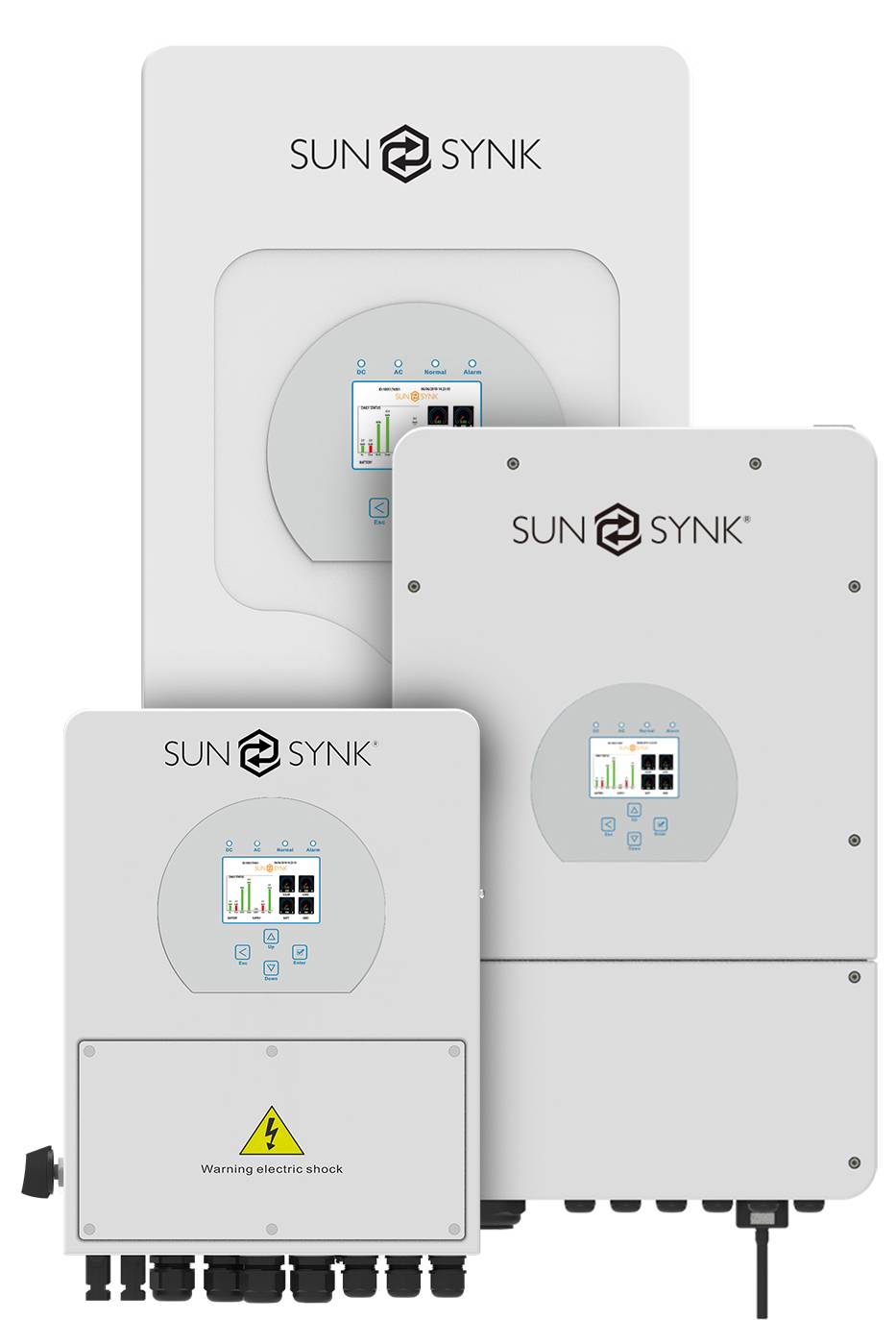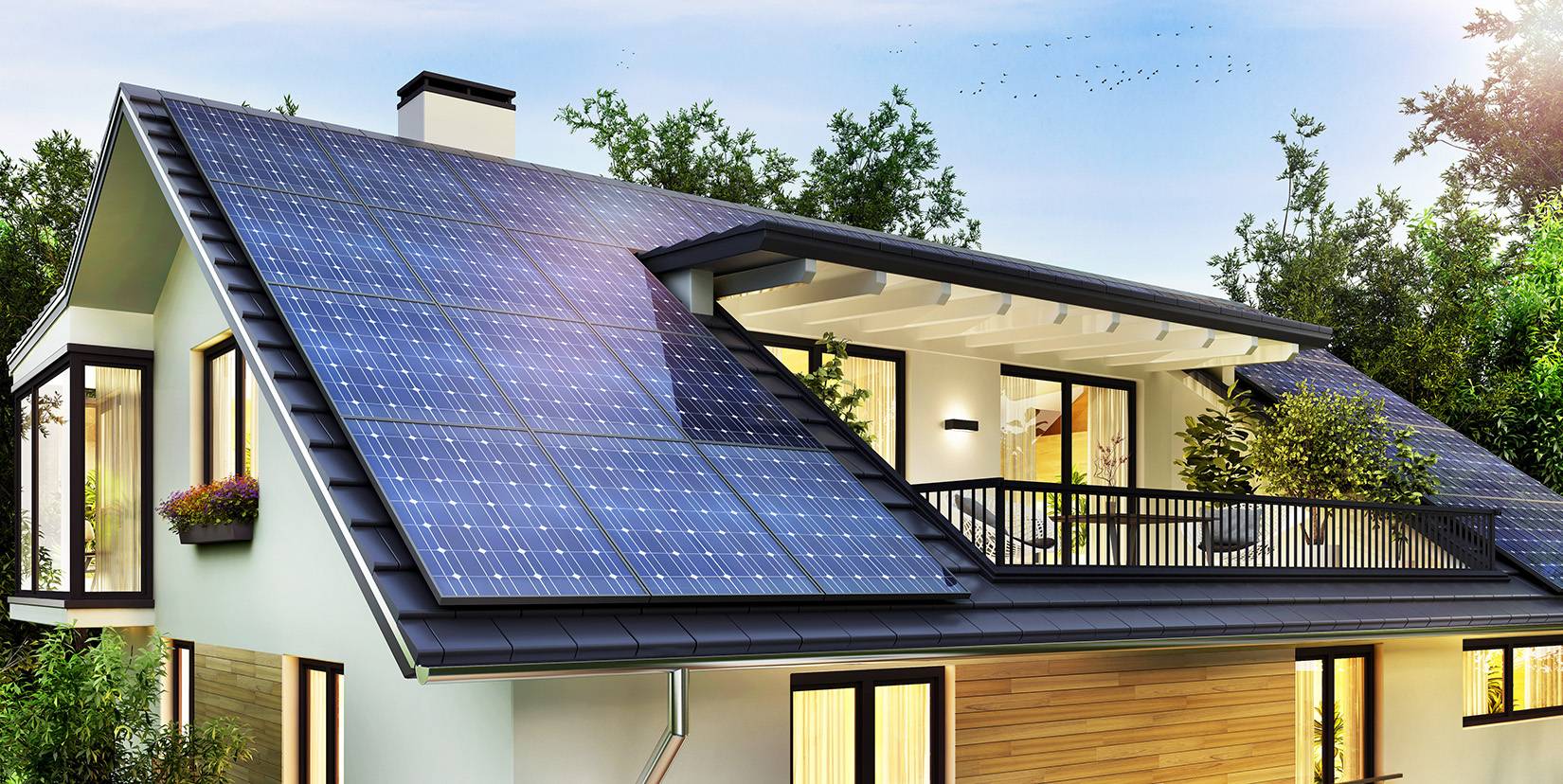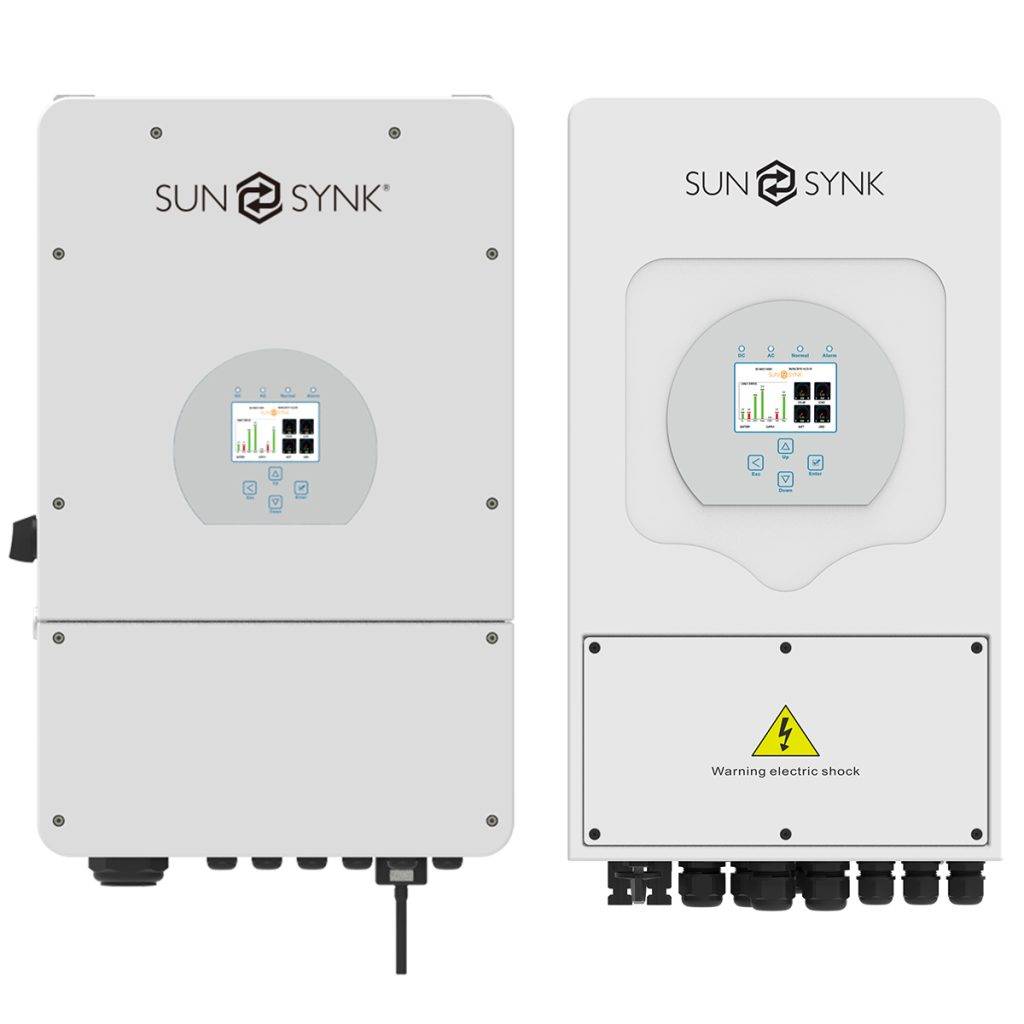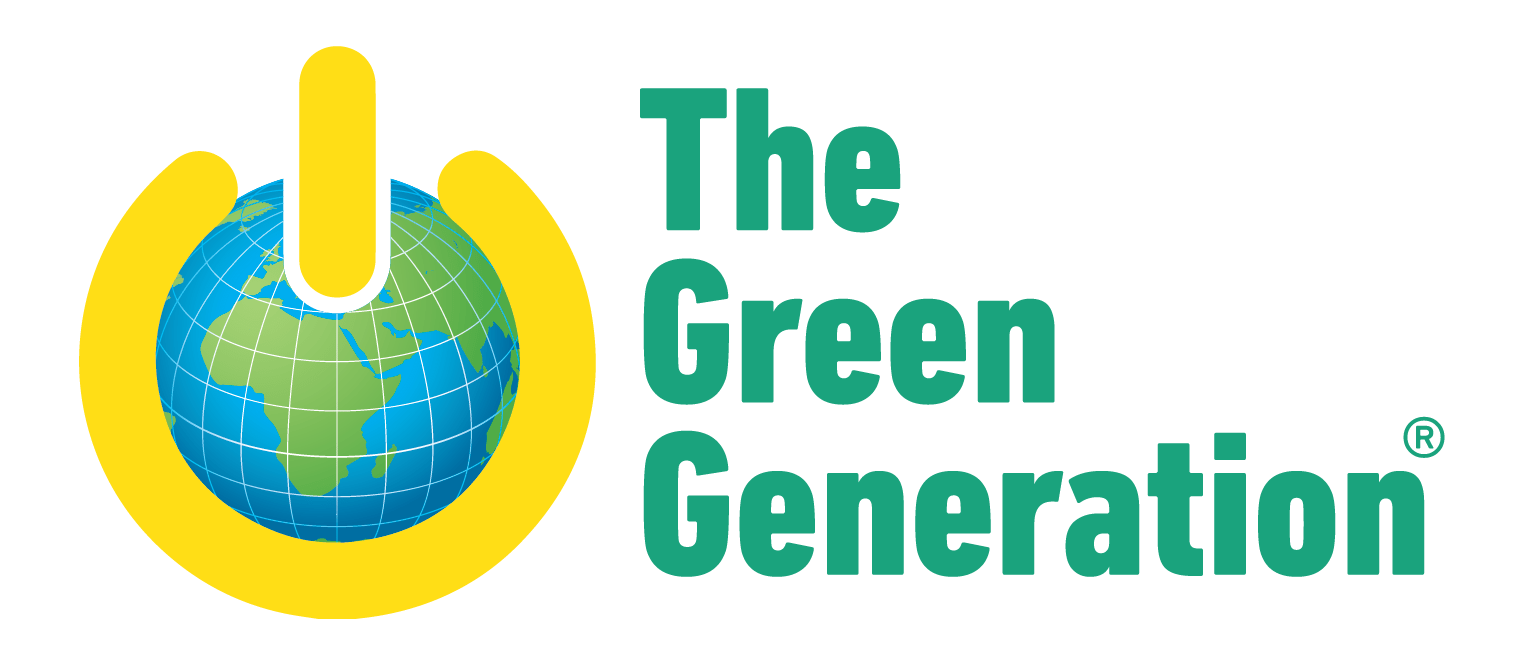
Sunsynk and our partners have invented a new type of inverter, called a bi-directional inverter. It is a device that connects the battery and your mains AC connection. This allows you to fast charge a storage battery during the day when AC power is cheap, saving the excess power that you’re not using, so that you can use your stored power in the evenings when energy prices are higher. An additional device called a CT coil, which is included with the inverter, is used to detect any power that is not being exported and prevent it from feeding back to the mains.


An inverter can be defined as it is a compact piece of electrical equipment used to convert direct current (DC) voltage to alternating current (AC) voltage in common appliances. The application of DC involves several small types of equipment like solar power systems. Direct current is used in many of the small electrical equipment such as solar power systems, power batteries, power-sources, fuel cells because these are simply produced direct current.
The basic role of an inverter is to change DC power into AC power. The AC power can be supplied to homes, and industries using the public utility otherwise power grid, the alternating-power systems of the batteries can store only DC power. In addition, almost all the household appliances, as well as other electrical equipment can be functioned by depending on AC power.
The working of an inverter is, it converts DC to AC, and these devices never generate any kind of power because the power is generated by the DC source. In some situations, like when the DC voltage is low then we cannot use the low DC voltage in a home appliance. So due to this reason, an inverter can be used whenever we utilize solar power panel.

Single phase inverters are classified into two types of namely half-bridge inverter & full bridge inverter
Half Bridge Inverter
The half-bridge inverter is an essential building block in the full bridge inverter. It can be built with two switches where each one of its capacitors includes an o/p voltage which is equivalent to Vdc2. Additionally, the switches balance each other, if one switch is activated then automatically another switch will deactivate.
Full Bridge Inverter
The full bridge inverter circuit converts direct current to alternate current. It can be achieved by opening as well as closing the switches within the correct series. This type of inverter has dissimilar operating states which depend on closed switches.
A three-phase inverter is used to alter an input DC to a 3-phase output AC. Generally, its 3-arms are deferred with 120° of an angle to produce a 3-phase AC supply. The inverter control which has a 50% of the ratio as well as controlling can take place after every T/6 of the time T. The switches used in the inverter complement each other.
The 3-single phase inverters place across the similar DC source, and the pole voltages within a 3-phase inverter are equivalent to the pole voltages within 1-phase half-bridge inverter. These inverters have two conduction modes such as 120°-mode of conduction & 180° mode of conduction.
Electricity prices in the next year are due to soar. The UK predicts a 50% increase in wholesale energy costs, which will in turn increase most people’s electricity and gas bills by 50%.
A battery’s purpose is to save you money on your energy bills. The way in which it does this is by charging up overnight, this power is then stored so that in the day/peak times you can automatically release the power from your battery that was stored overnight.
A battery on its own will not work, you will have to connect it to another device which is called an inverter. You may have heard the term inverter, especially if you have solar panels on your roof. But the type of inverter that connects to a battery is very different, this is called a storage inverter.
An inverter is a device that converts DC electricity into AC electricity, DC stands for Direct Current which is what we get out of batteries and solar panels. AC stands for Alternating Current, which almost everything in the world runs on as it allows the transmission of power across long distances. To connect your battery or solar panel to the mains then you will need to convert the DC electricity into AC electricity – this is done via an inverter.
Inverters have been around for a long time but in the most recent years have become more sophisticated, especially with the popularity of solar panels. The solar panels would link together and connect to a grid using a grid-tied inverter, often called a string inverter. This was revolutionary as the solar panels could connect directly to the mains electricity supply. When the sun is shining the solar panel would produce power, which would then feed into the mains electricity. This is called AC Coupled/Grid-Tied. If more electricity were produced than being used then the power would be fed back into the grid, you would then be paid by the utility for the excess power, this is called export power. The tariffs available for export power are very little compared to the cost of installation, as well as the cost of energy when the sun is no longer shining can be expensive.
Generally, batteries used in our power storage systems are lithium phosphate. Most batteries are sold by giving them a Kilo-Watt Hour (KWH) Rating. The larger KWH will mean bigger battery systems.
Sunsynk batteries are sold in 5.2KWH building blocks, meaning that the batteries can store and release 5.2kW hour of power.
The battery size that best suits you depends on your monthly power consumption and the size of your solar array (if you have solar panels).
If you choose to generate power from a solar array it is necessary to know how much DC power the panels make.
Our most popular setup in the UK is with one single battery, you can begin with this set up but depending on your power requirements you can add more batteries to the system at any given time.
All batteries are expensive – one important thing to consider is their life expectancy. The harder you work on the battery, the shorter its life span will be. Therefore it is best to use a high-quality battery, cheaper batteries will cost you more money in the long run!
Sunsynk use battery cells that are produced by CATL, which produces the cells for leading automotive brands such as Tesla Automotive and BMW. We consider these to be the most efficient cells available on the current market, we want your system to function efficiently for as many years as possible.
The last thing to consider is the C rating, this is the maximum power that you can charge/discharge the battery at. Sunsynk batteries have a C rating of 0.5.
Please mail info@thegreengeneration.co.za if you encounter any issues.
